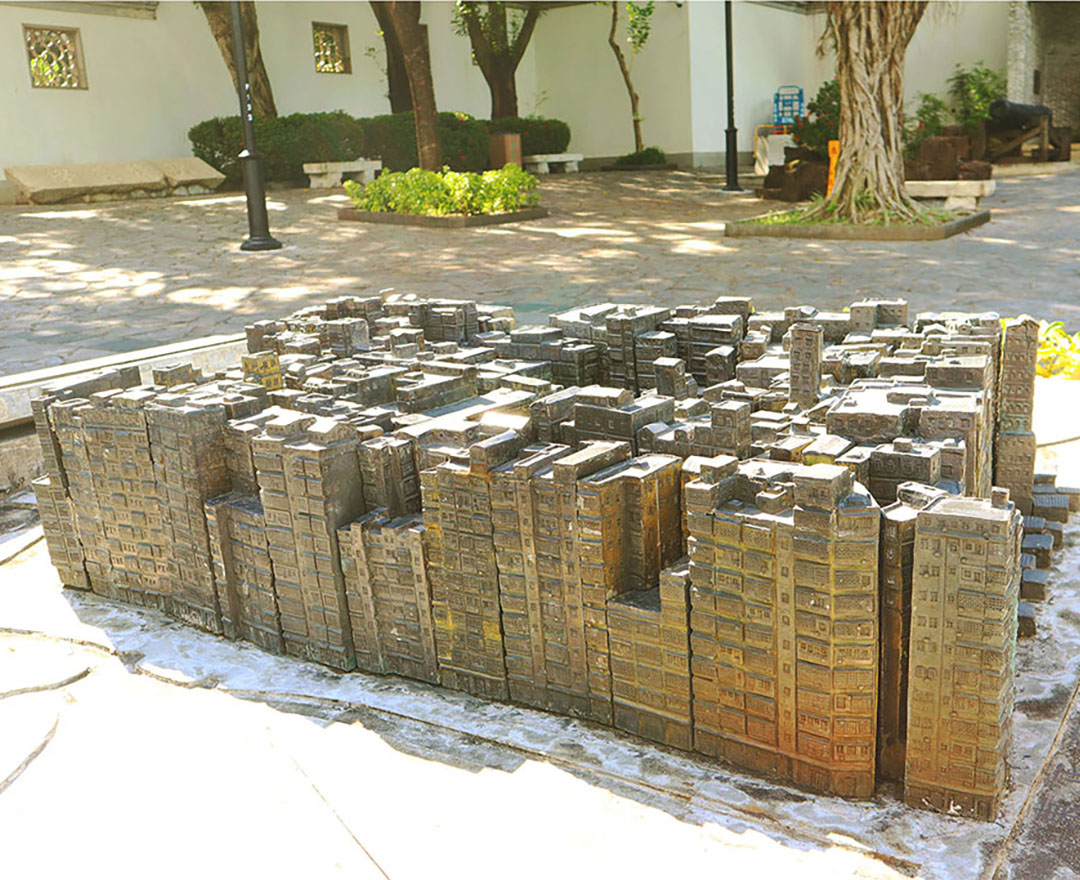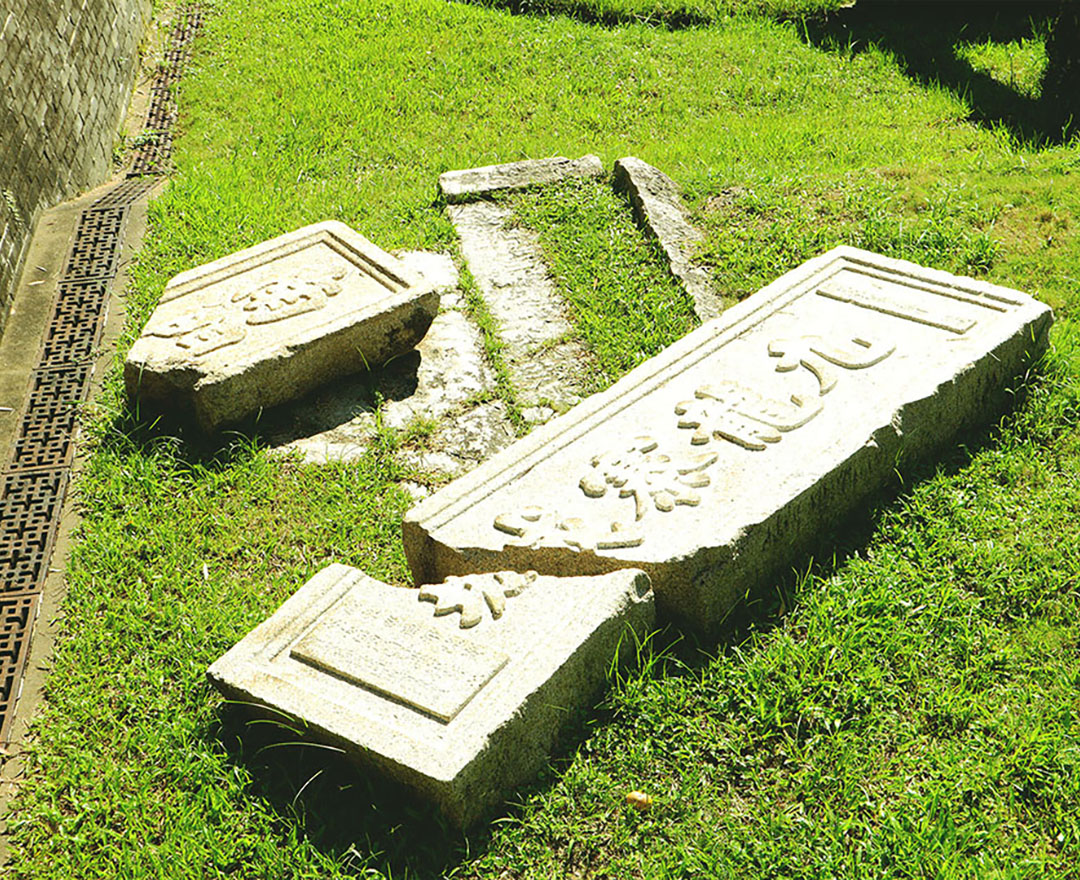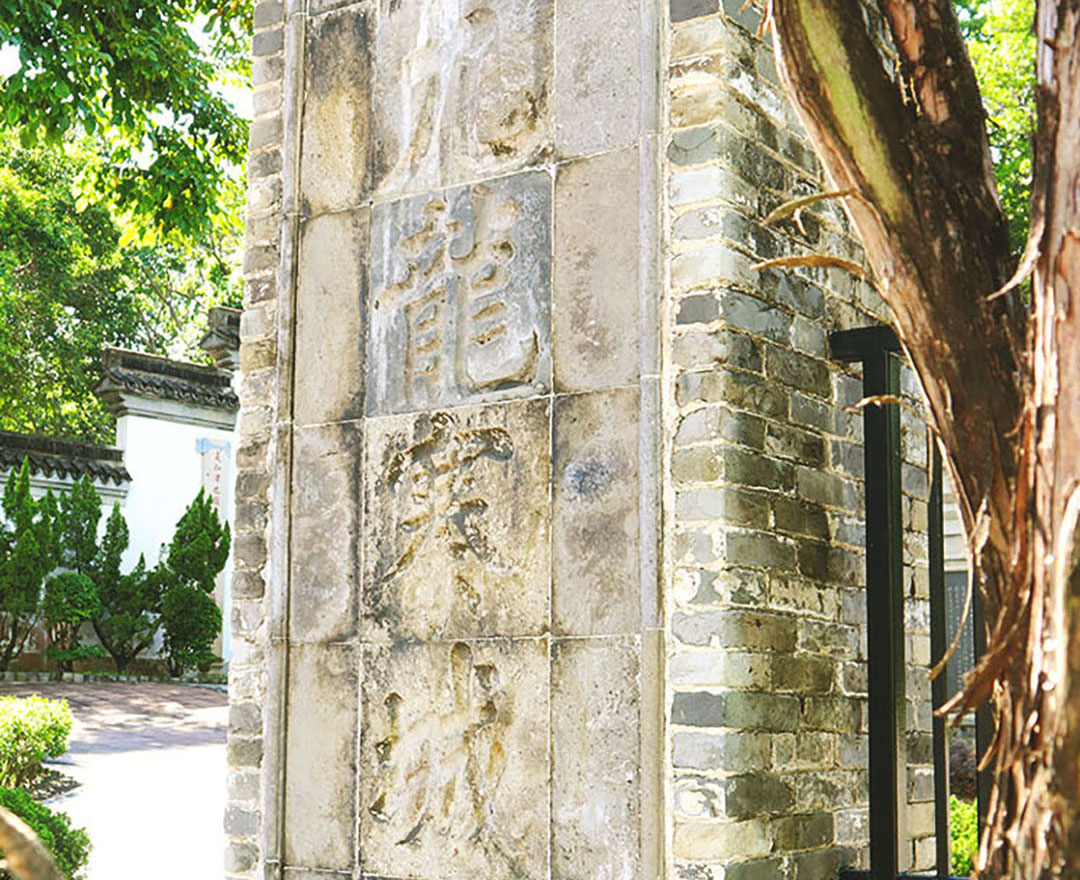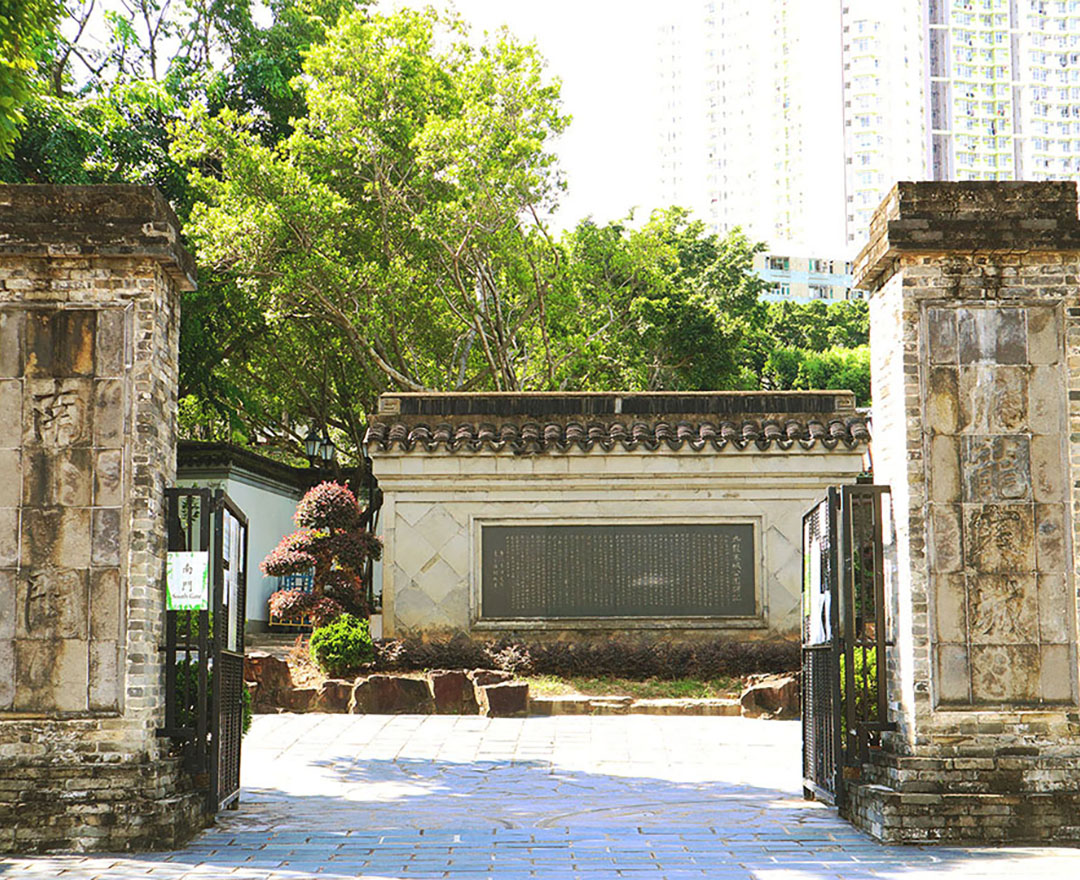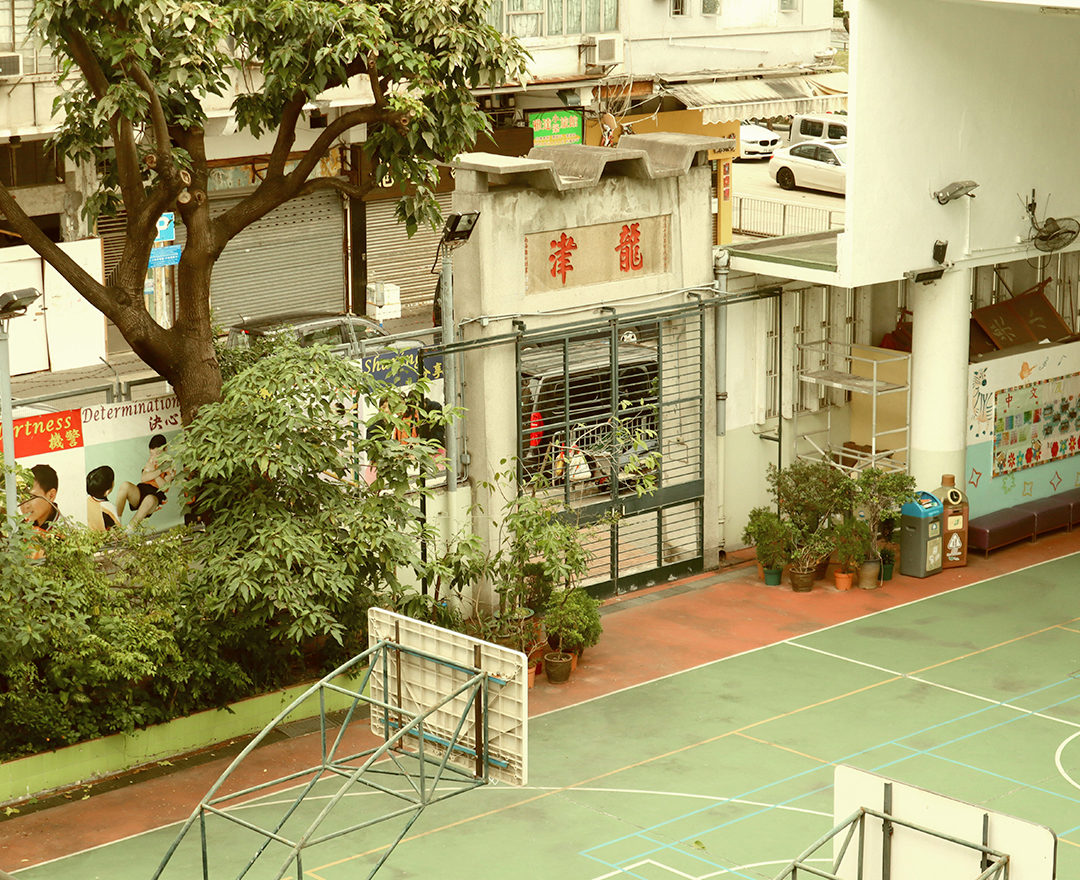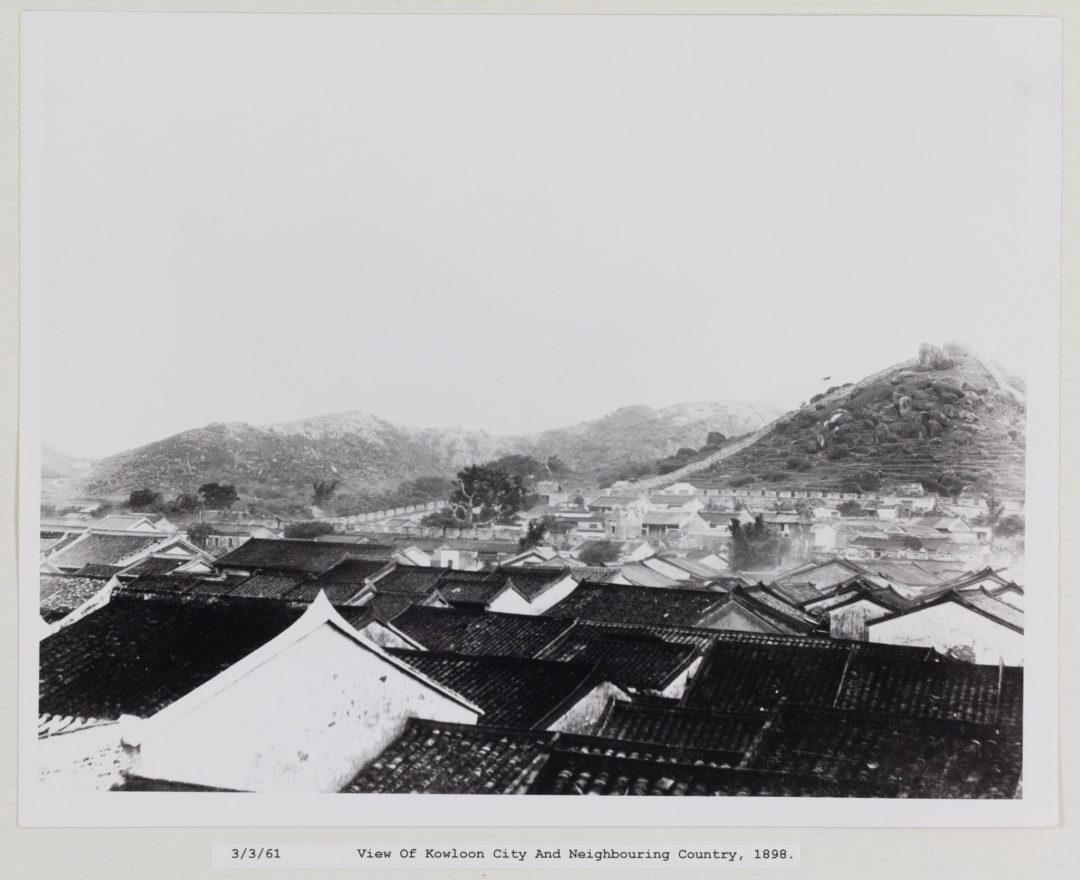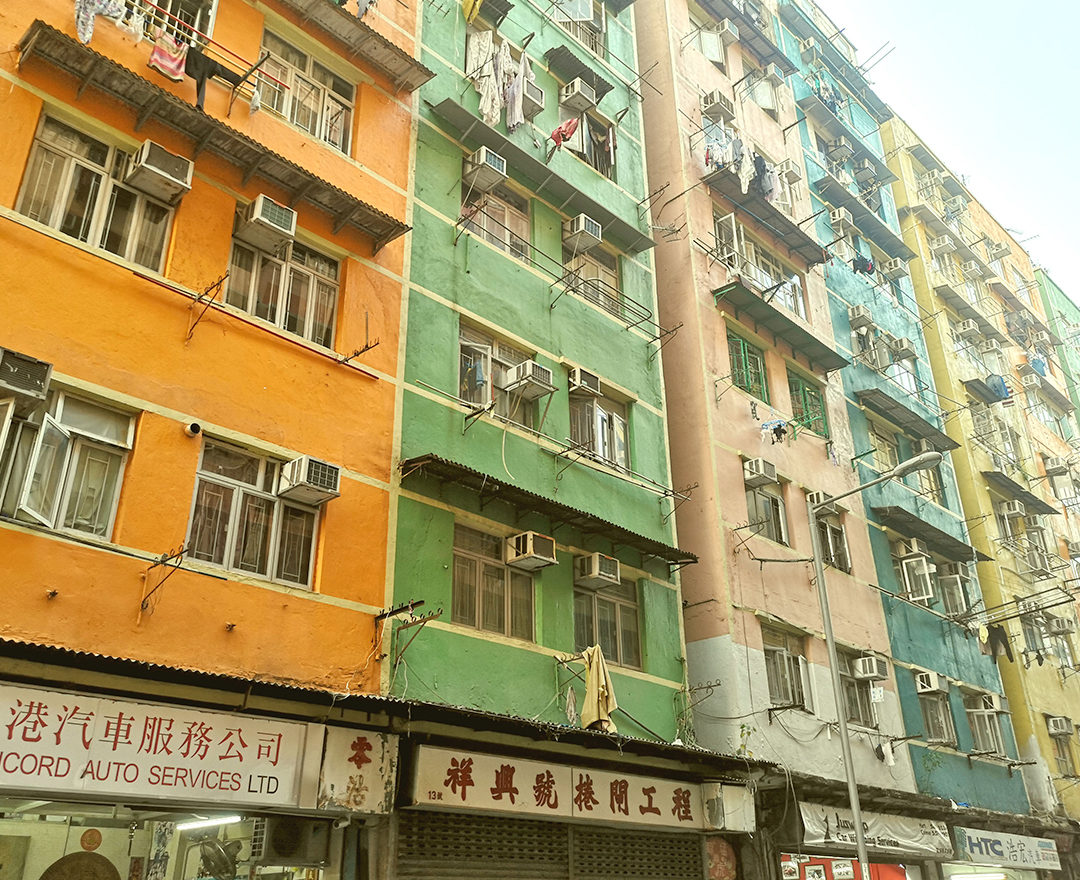From 1948 to 1987, Kowloon Walled City existed in a period of uncertain sovereignty known as the “Lawless Enclave” era, during which the government or the British colonial administration were willing to intervene. Various peculiar phenomena emerged, such as the gathering of over a hundred unlicensed dental clinics, earning the area the nickname “Dentist Street.” Many of these dentists were graduates from mainland China and Southeast Asia. Since their qualifications were not recognized in Hong Kong, they could only conduct business within the Walled City. Their fees were significantly lower, almost half the price compared to outside the city, attracting many people to seek dental care within its confines.
Apart from the dentists, the Walled City became a hub for numerous illegal immigrants, refugees, and homeless individuals, leading to a drastic population increase and a surge in housing demand. Small flats, tin-sheeted houses and cubicle rooms have sprung up everywhere, resulting in an extremely high population density. This density led to water supply shortages, and the water pressure couldn’t reach the upper floors. Residents had to set up wells and pump water underground, resulting in many residents washing clothes beside those wells. Some residents even started businesses to carry water, earning extra income.
